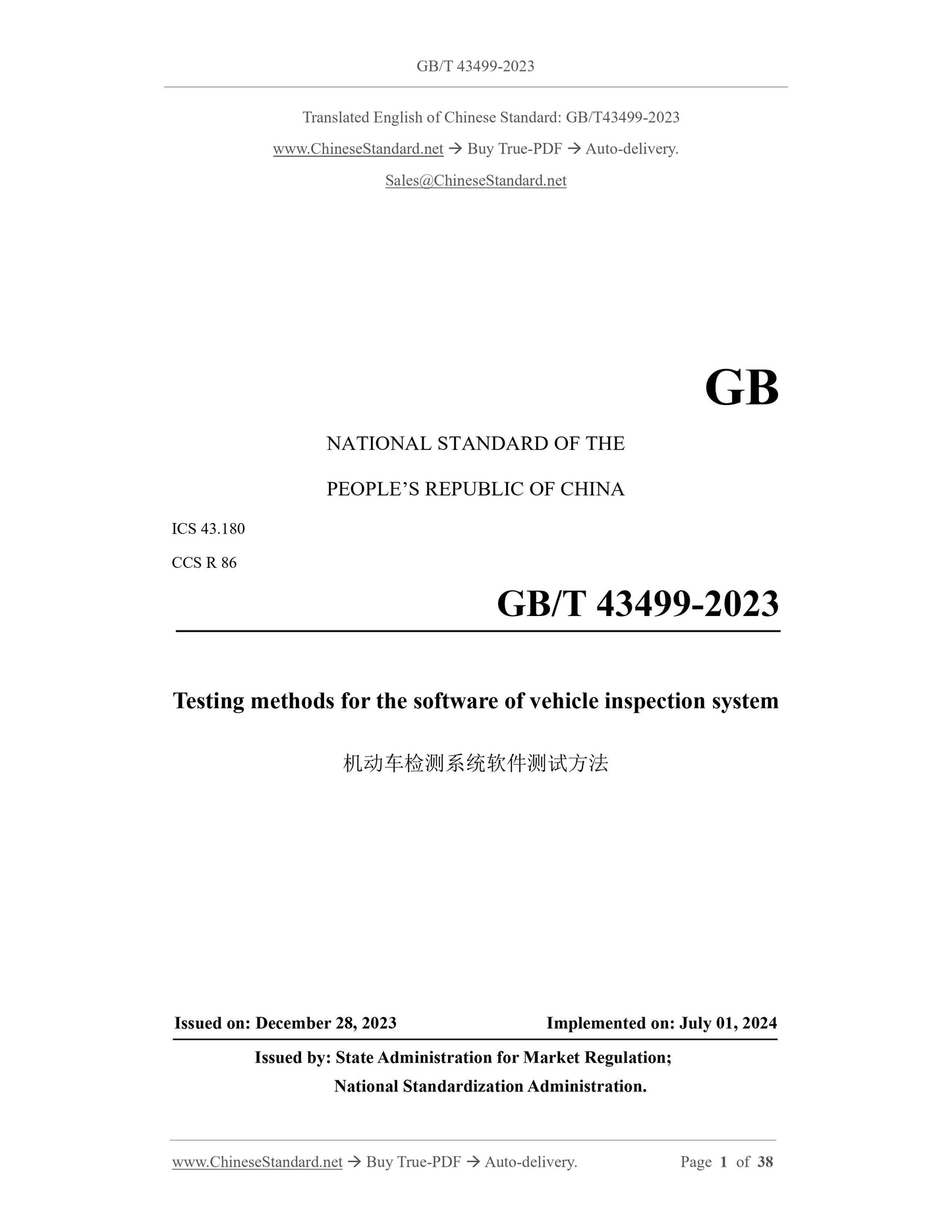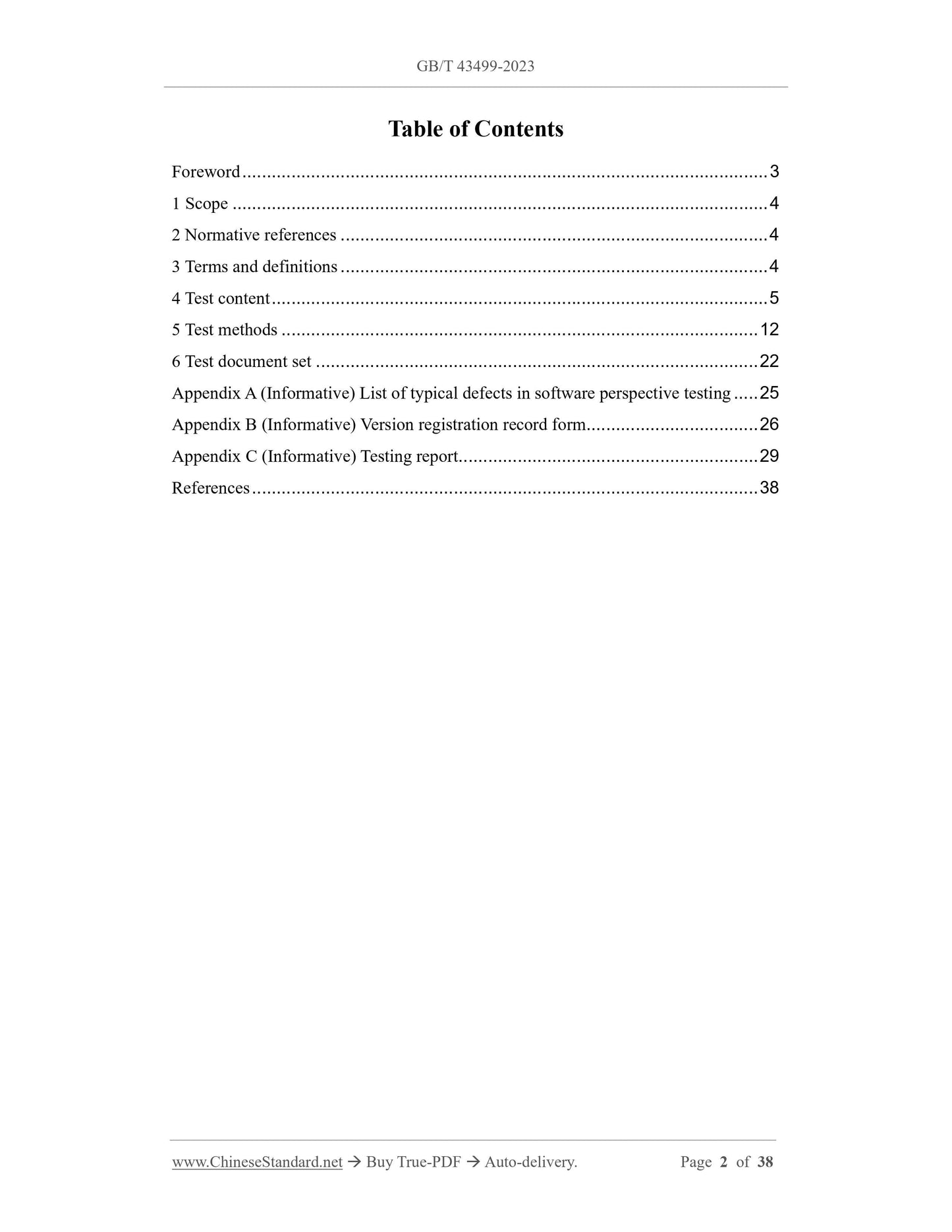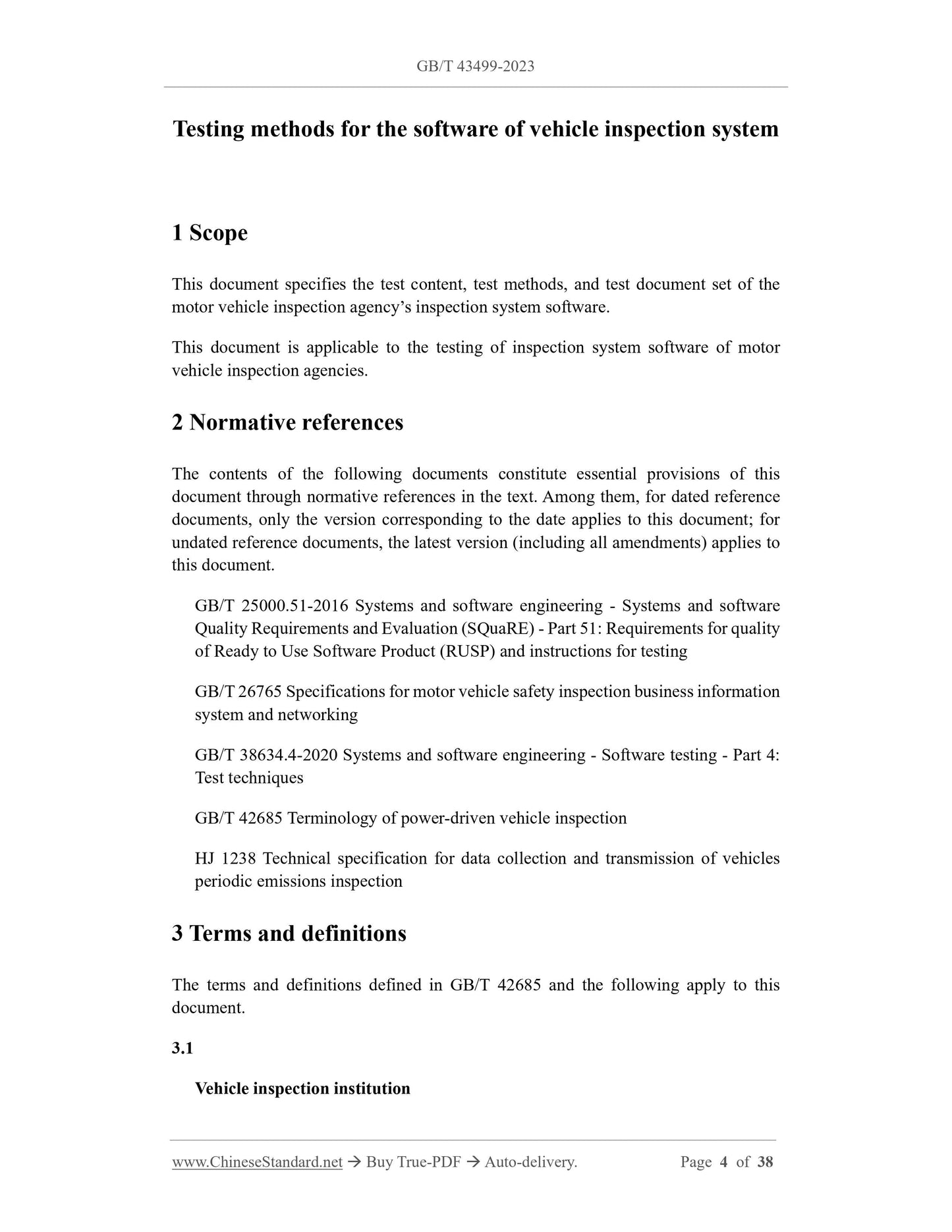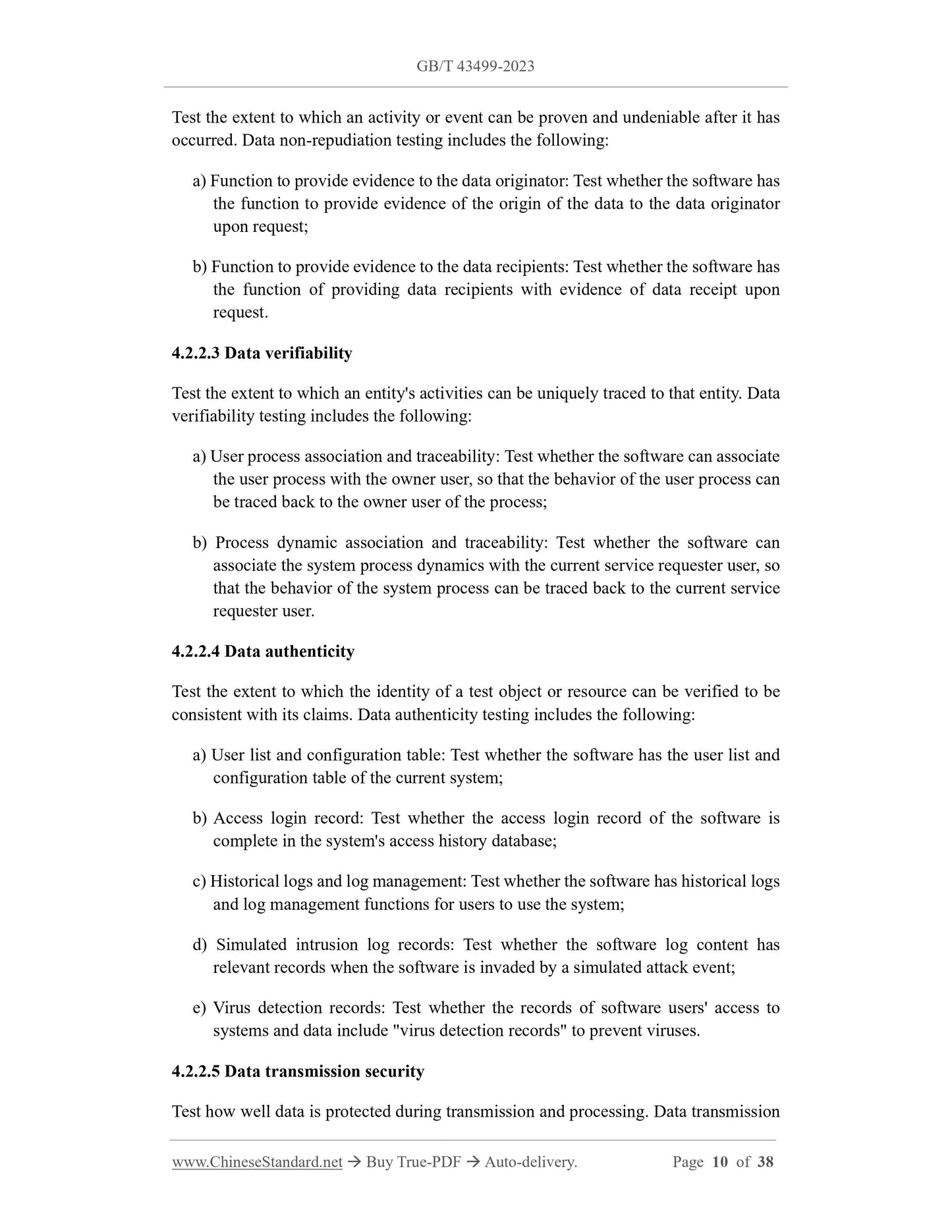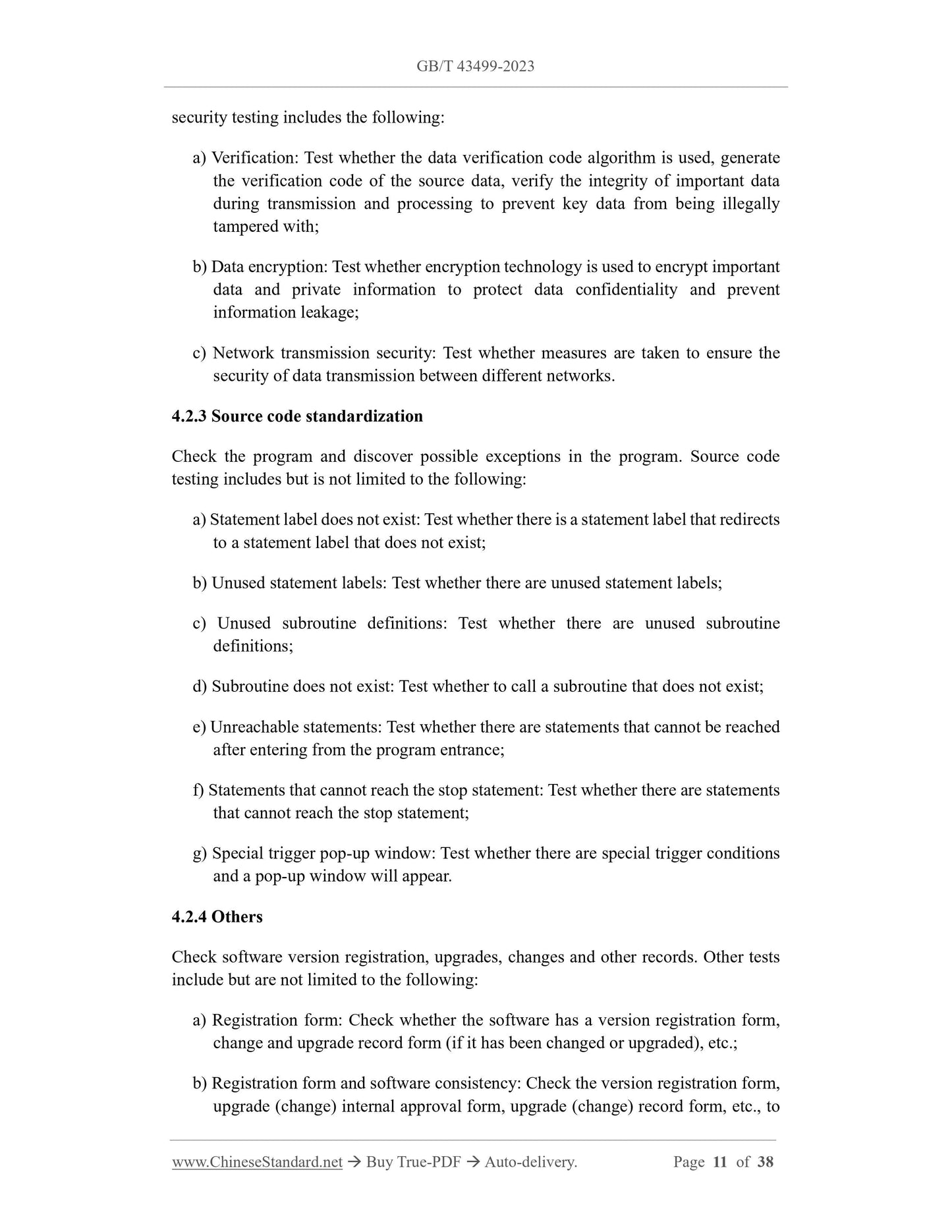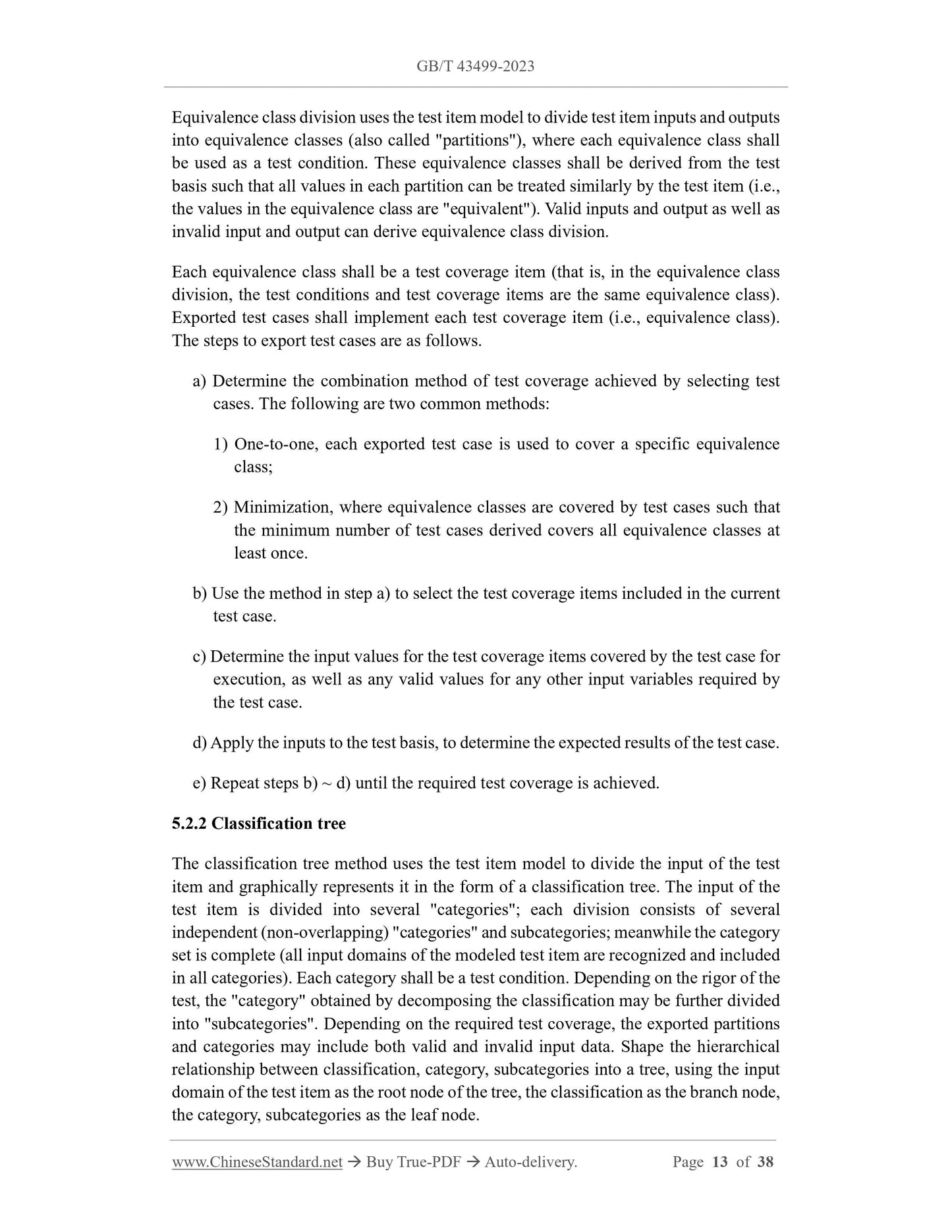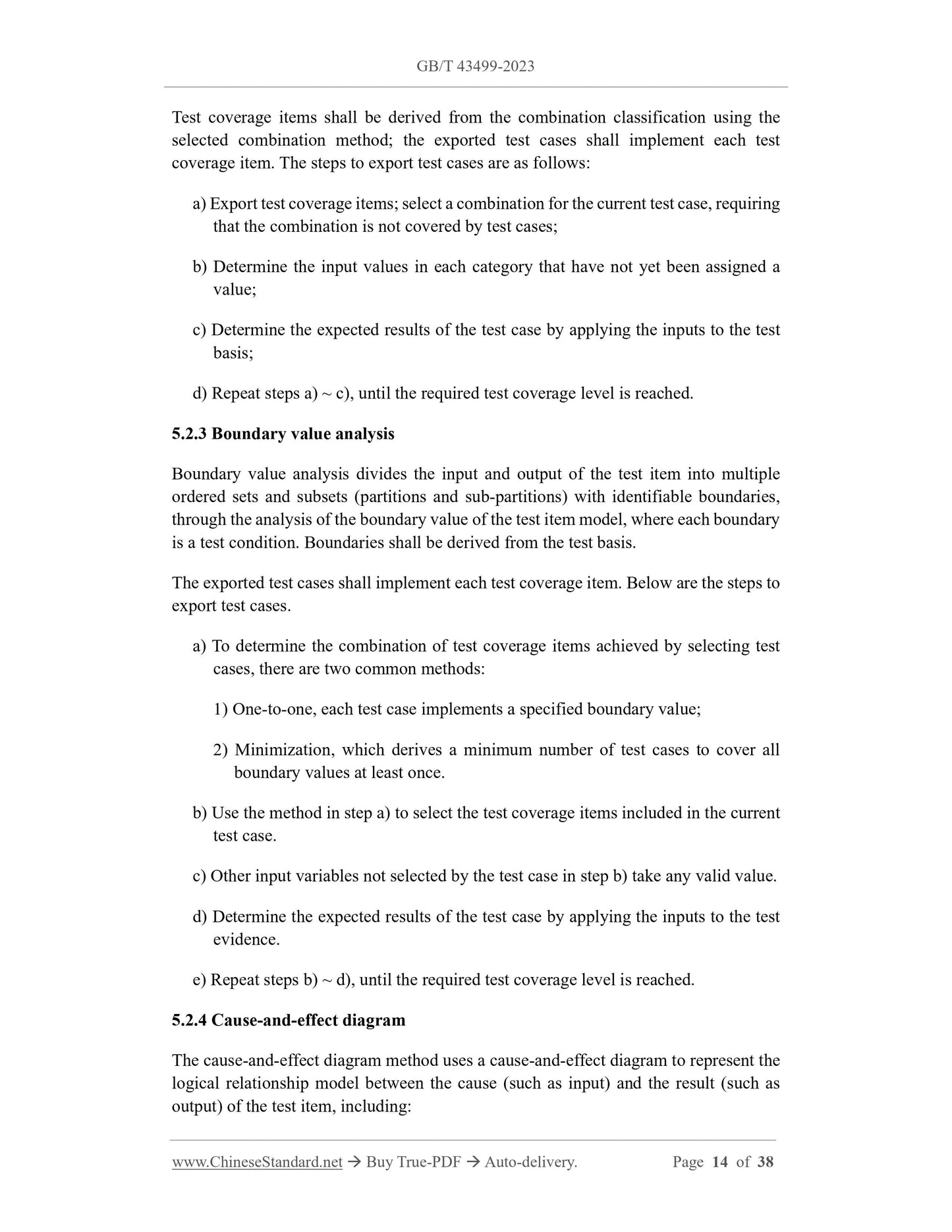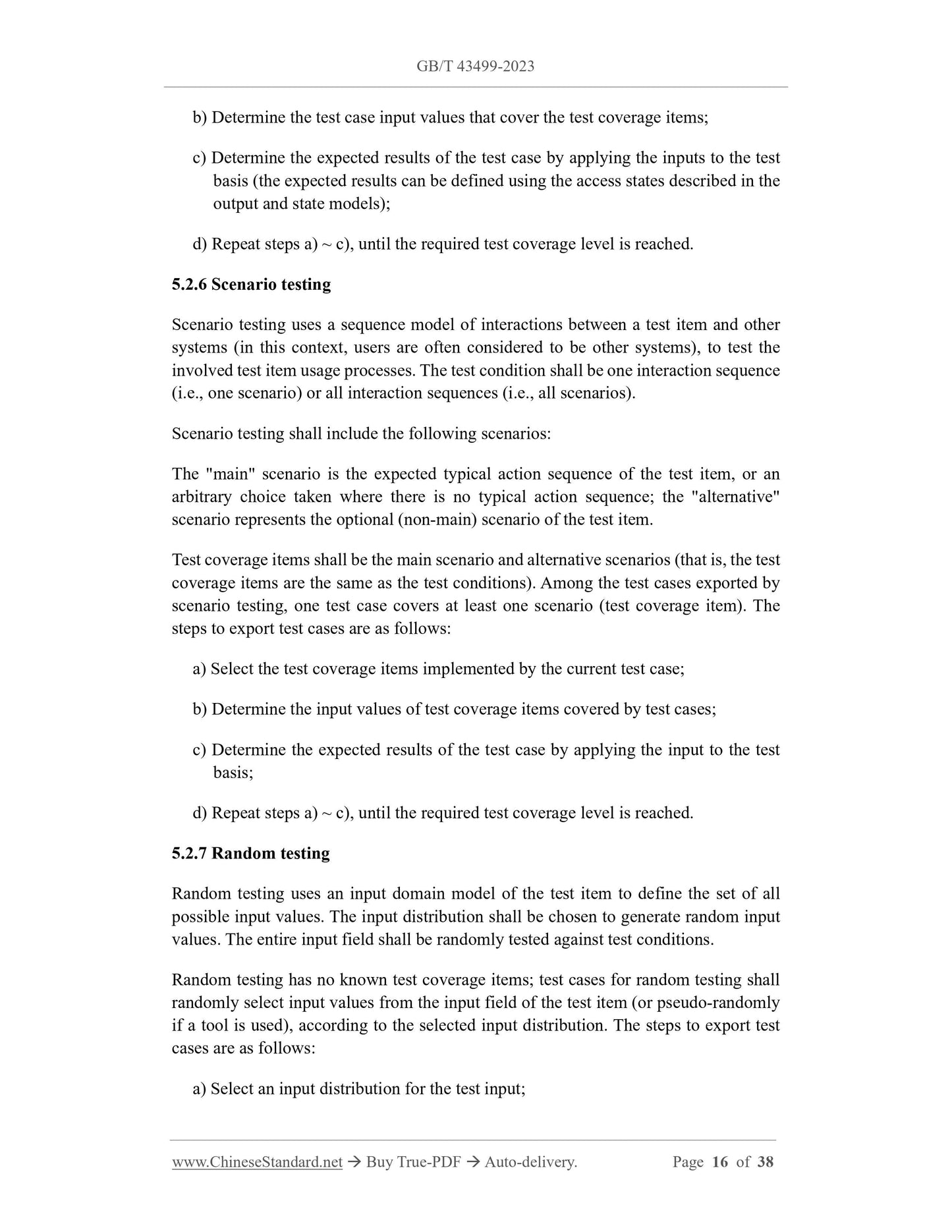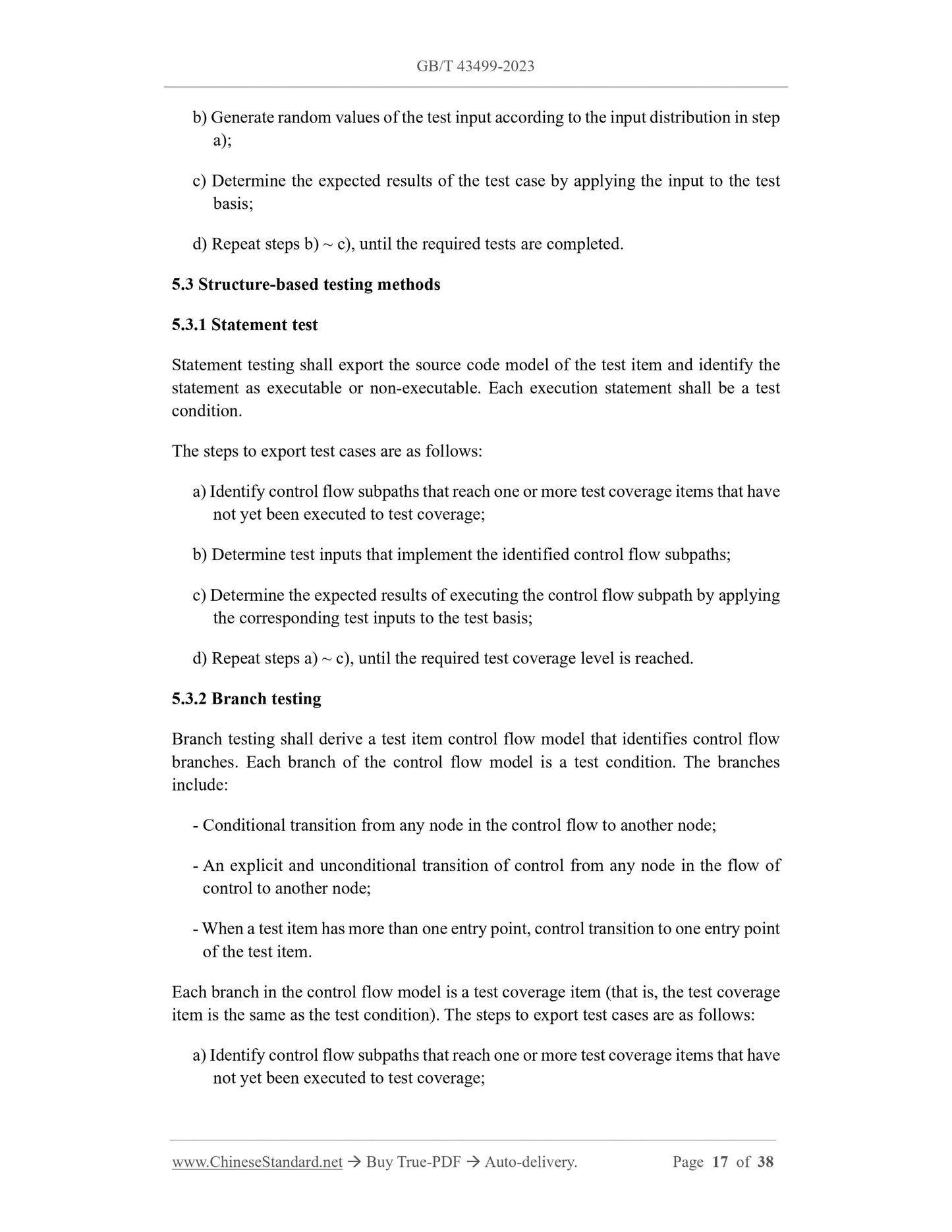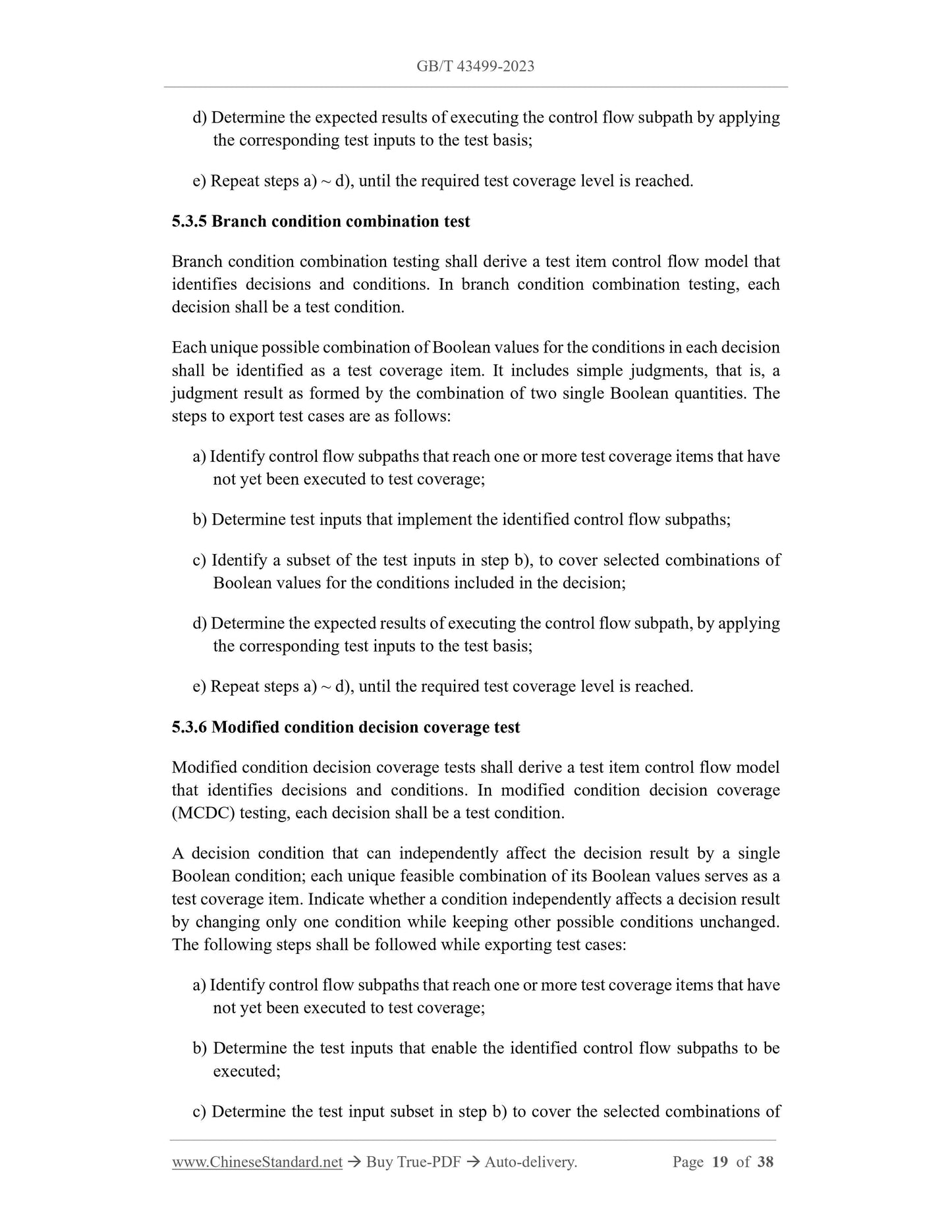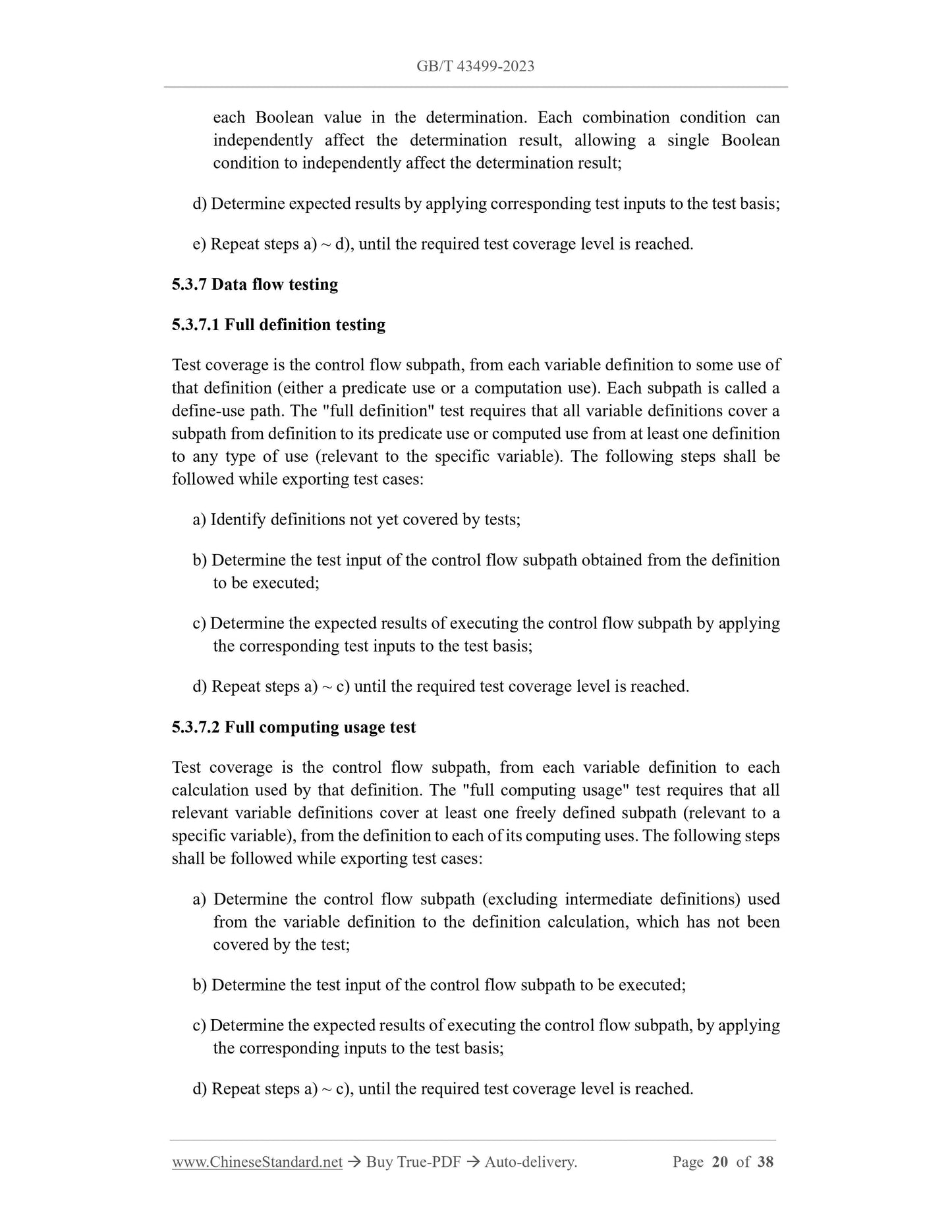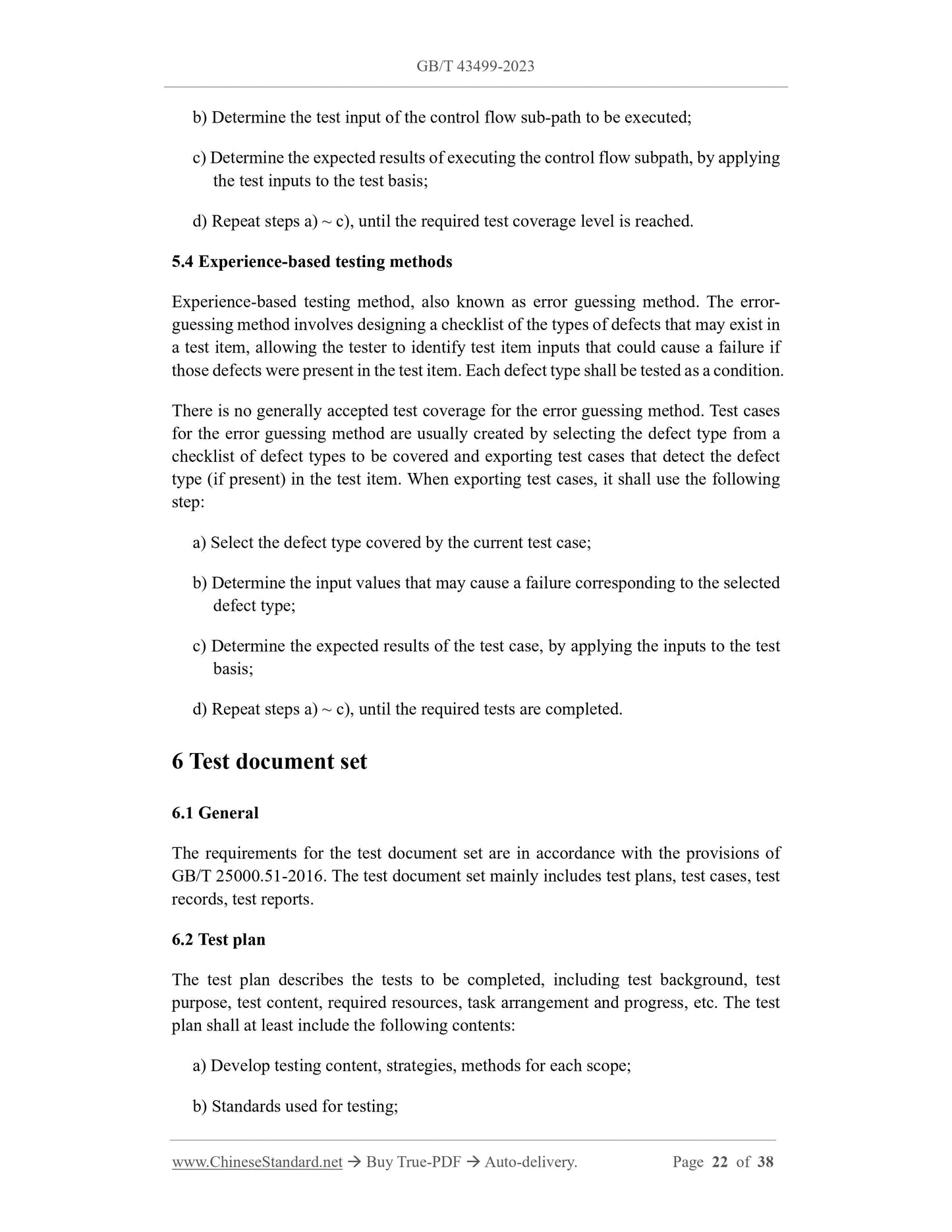1
/
of
12
www.ChineseStandard.us -- Field Test Asia Pte. Ltd.
GB/T 43499-2023 English PDF (GB/T43499-2023)
GB/T 43499-2023 English PDF (GB/T43499-2023)
Regular price
$440.00
Regular price
Sale price
$440.00
Unit price
/
per
Shipping calculated at checkout.
Couldn't load pickup availability
GB/T 43499-2023: Testing methods for the software of motor vehicle inspection system
Delivery: 9 seconds. Download (and Email) true-PDF + Invoice.Get Quotation: Click GB/T 43499-2023 (Self-service in 1-minute)
Newer / historical versions: GB/T 43499-2023
Preview True-PDF
Scope
This document specifies the test content, test methods, and test document set of themotor vehicle inspection agency’s inspection system software.
This document is applicable to the testing of inspection system software of motor
vehicle inspection agencies.
Basic Data
| Standard ID | GB/T 43499-2023 (GB/T43499-2023) |
| Description (Translated English) | Testing methods for the software of motor vehicle inspection system |
| Sector / Industry | National Standard (Recommended) |
| Classification of Chinese Standard | R86 |
| Classification of International Standard | 43.180 |
| Word Count Estimation | 26,276 |
| Date of Issue | 2023-12-28 |
| Date of Implementation | 2024-07-01 |
| Issuing agency(ies) | State Administration for Market Regulation, China National Standardization Administration |
Share
